I love all of our backyard birds and last year I decided to put up a birdhouse. I wanted to help the birds have a place to nest and I wanted some bug hunters for my garden. I hung the box right on the garden fence. Smart, right? No, definitely not. I want to share my mistakes with you so that you don’t have to repeat them. Let’s explore how to be a good bird host.
Putting up a birdhouse can provide a much sought after place for birds to nest, however it also makes for a great target. When birds nest in cavities in the wild, they are much more hidden. When we put up a bird house, it is not, so we must go the extra mile to put safety measures in place for the occupants.
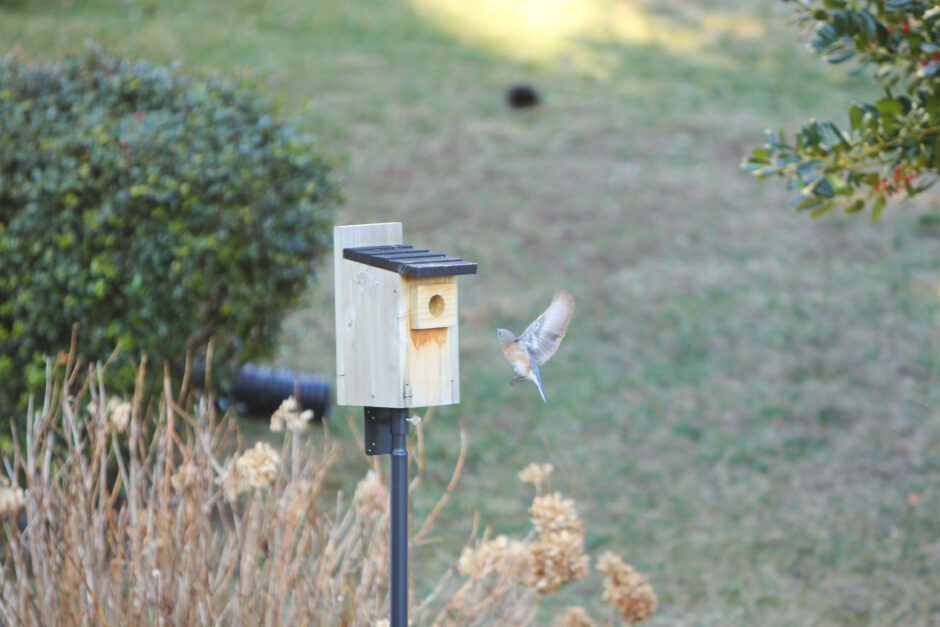
Buy an appropriate birdhouse
Buy a birdhouse that was made for birds. That might seem obvious, but many houses are made for decoration and don’t serve birds well at all. If you want a decorative bird house, then please plug the hole. Are you trying to attract a particular type of bird? Then, buy a house geared towards that particular bird. Different species like different sized boxes. And, make sure it has an opening specific for that type of bird. If the house has a larger hole, you can easily buy a hole reducer to install over the existing hole.
Bluebird – 1 1/2″ opening
Tufted Titmouse – 1 1/4″ opening
Carolina Chickadee – 1 1/8″ opening
See this guide for house size, openings and more.
Even though you might try to attract a particular kind of bird, you get what you get. If you have a house with a 1 1/8″ opening though, only a few birds other than chickadees can get in.

Install the house on a pole with a predator guard
If you don’t plan to put the house on a pole, then you really shouldn’t put one up. This is the mistake that I made. We got lucky that we didn’t have a predator invade, but we were close to having a snake raid the box. It was only luck that we were outside at the time, saw the snake and were able to move the snake to a different part of the yard. (Also, it will be back!) Always place the pole at least 10′ away from a fence or tree or anything that a predator could jump from nearby. Make sure to install the box at the appropriate height as well. For bluebirds, this is 5-6′ off the ground. [Nest box resource guide]
How NOT to mount a birdhouse:
This is a buffet for a squirrel, raccoon, snake and a handful of other predators.
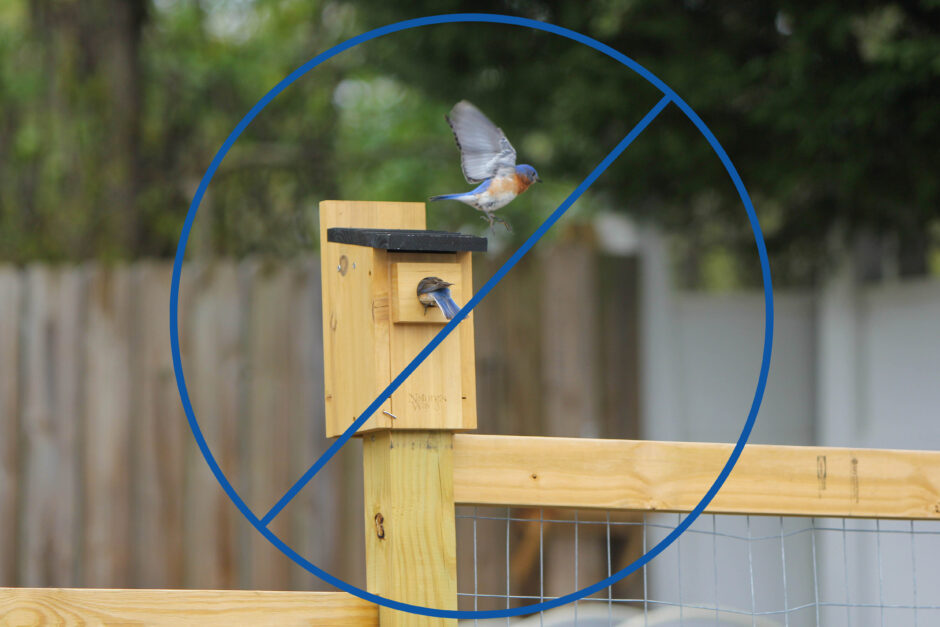
How to mount a birdhouse:
This is correct. Mount it on freestanding pole with a predator guard that is called a baffle. There are two types, a cone baffle or a stovepipe style baffle.
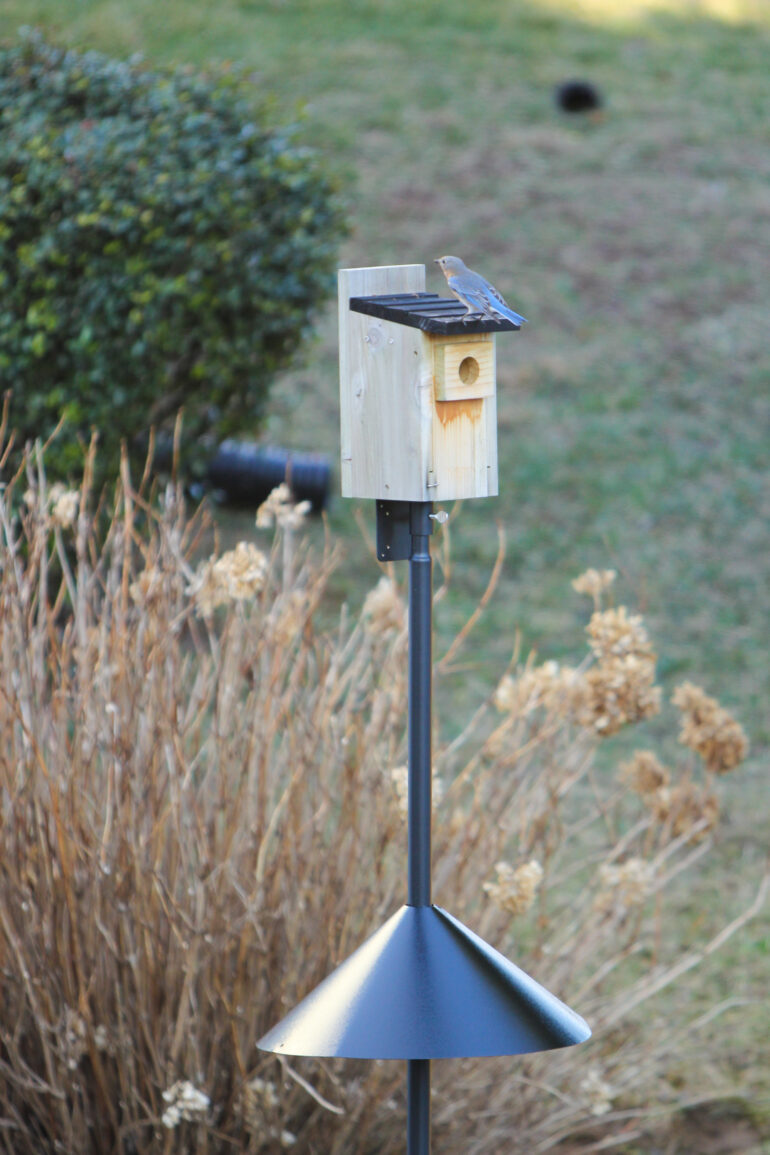
A cautionary tale:
This is why you don’t mount a nest box on a tree. To be fair, this snake is so large that it would get around a baffle, but this is just asking for trouble.
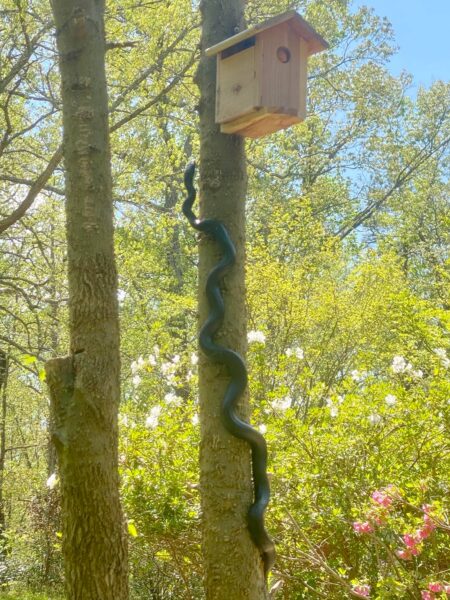
Baffle Options
There are several options — a conical baffle or a stovepipe style baffle. You can buy these or you can make the stovepipe baffle yourself.


Place the birdhouse in the appropriate location
Not only do you need to mount the birdhouse properly, but you need to put it in the right location, according to the species you are trying to attract. For example, bluebirds like open land but with trees nearby. Also, to reiterate, you need to place the pole around 10′ away from any trees or objects that a critter could jump from.
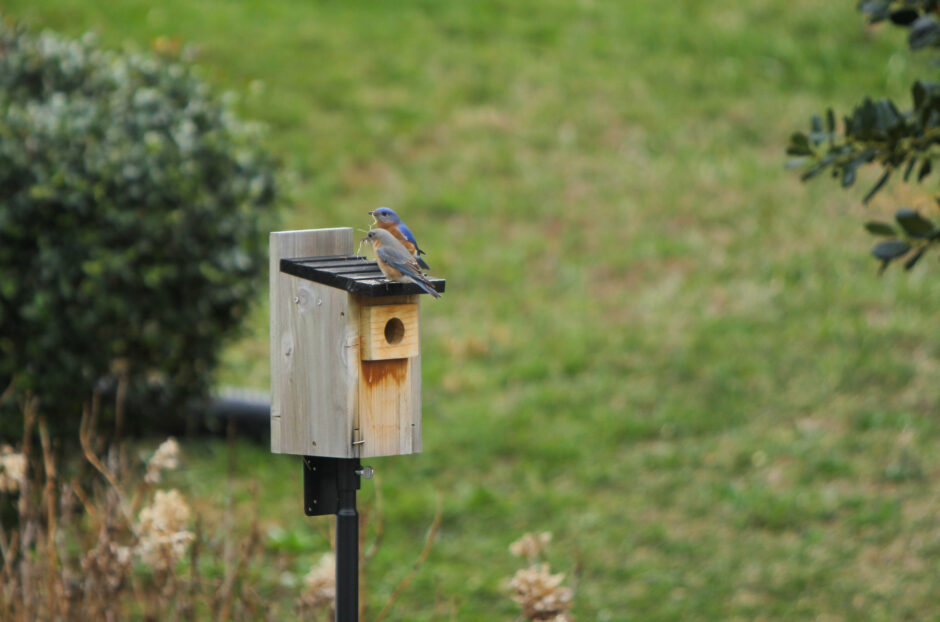
Be Prepared for Predator Birds (House Wrens and House Sparrows)
You’ve done everything right. You have your box on a pole. You have predator guards in place. But, now you have to deal with an even trickier predator — tiny birds that can wreak havoc. If you know that you have either house sparrows or house wrens around, then you should take immediate precautions or be prepared to at a moment’s notice. These birds will try to destroy or steal nests and they will try to sabotage eggs or nestlings. They will peck the eggs to destroy them or throw them out of the box. They will attack little nestlings and try to throw them out of the box, too. I have one of these attacks on camera and it was brutal for me to watch. (Luckily, the wren was unsuccessful and the babies unharmed.)
How to know if these birds are in your area
Learn what these birds look like and use the Merlin Bird ID app to listen for their song. A mistake I made was that I never saw house wrens around our house and assumed we didn’t have them around. That was an incorrect assumption on my part. Download the Merlin app and click “Sound ID.” This will let you know if they are around, but you just aren’t seeing them.
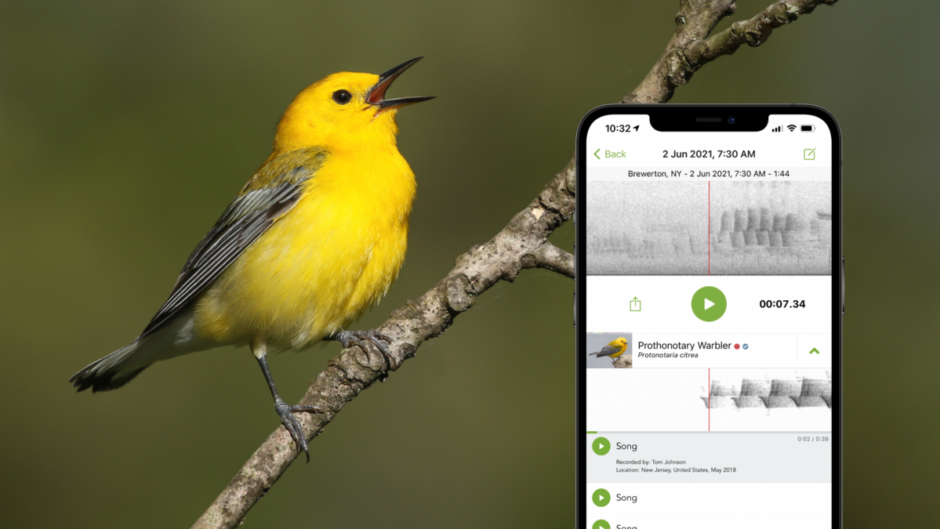
House Wrens
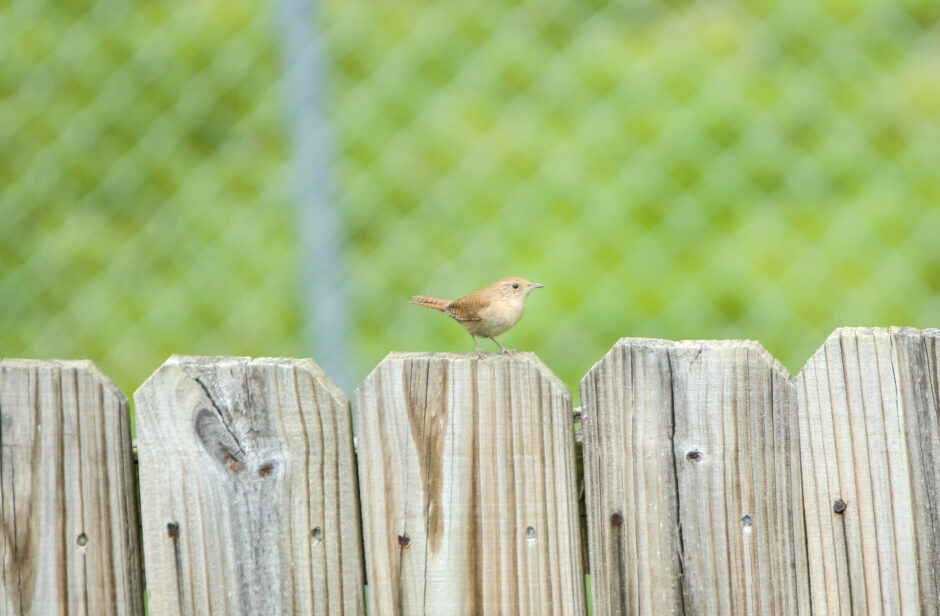
The house wren is a native bird and the smaller of the two. Even for small birds in houses with small holes, the house wren can still get in. They can get into chickadee sized 1 1/8″ holes! Please note that it is illegal to harm a wren or move or destroy their completed nests as they and all native birds are protected under the Migratory Bird Treaty Act. You can, however, remove the dummy stick nests with no discernable egg cup.
The male bird will build multiple stick nests, or dummy nests, in an attempt to attract a female and let her choose a nest. Experts say that they become less aggressive once they have a mate and their own eggs. So, it’s a catch-22 really. On one hand, you allow them to build nests in your boxes so that they will find a mate and leave your other birds alone. On the other hand, you’re building up the house wren population around your property and any baby birds that fledge are likely to come back to where they were born. Some people will plug nest box holes in hopes that they move on, but that could cause them to double down on terrorizing other song birds that are nesting. It’s a difficult situation for sure.
House Wren Deterrent
To prevent house wrens from entering other songbird nests, install a wren guard. A wren guard is a piece of wood that comes down in front of the house and covers the hole. The key is to install it after the birds you want to attract have laid at least one egg. The idea is that by covering the hole, the wrens won’t take notice of it. Then, you should remove it when the baby birds (nestlings) are around 1 week old. We experienced a house wren attack on our 4-day-old bluebird nestlings. Supposedly, once a wren has been in the house, it won’t necessarily work, but we immediately put one up and it worked for us. After installation, we watched to make sure that mama and daddy bluebird would accept it and be able to enter the nest. They were immediate pros.
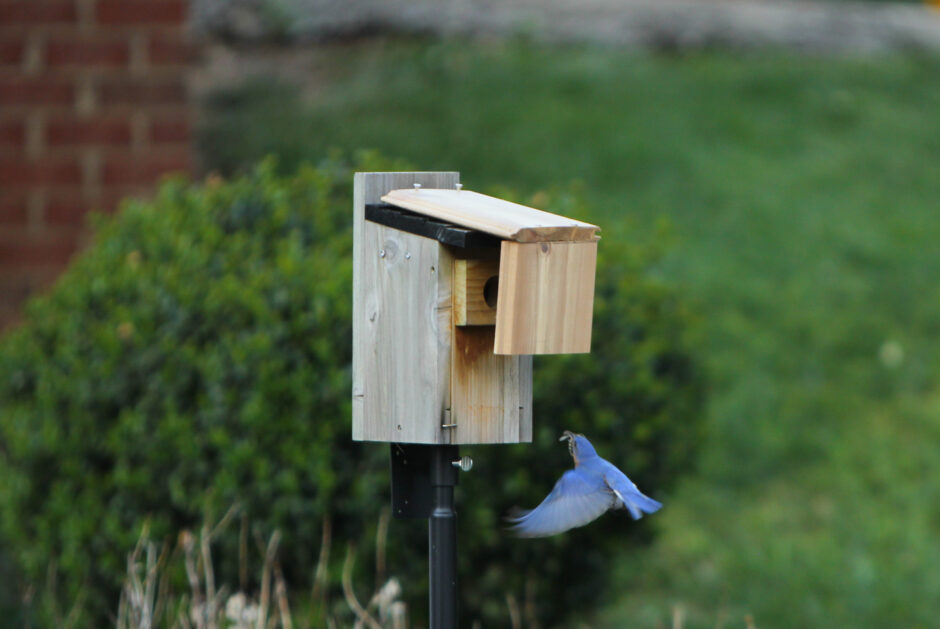
You can make it with whatever wood you have lying around or even cardboard in a pinch. We had some cedar siding that we used to make ours. Instead of adding one, you could buy this really neat nest box where you can add or remove it really easily.
House Sparrows
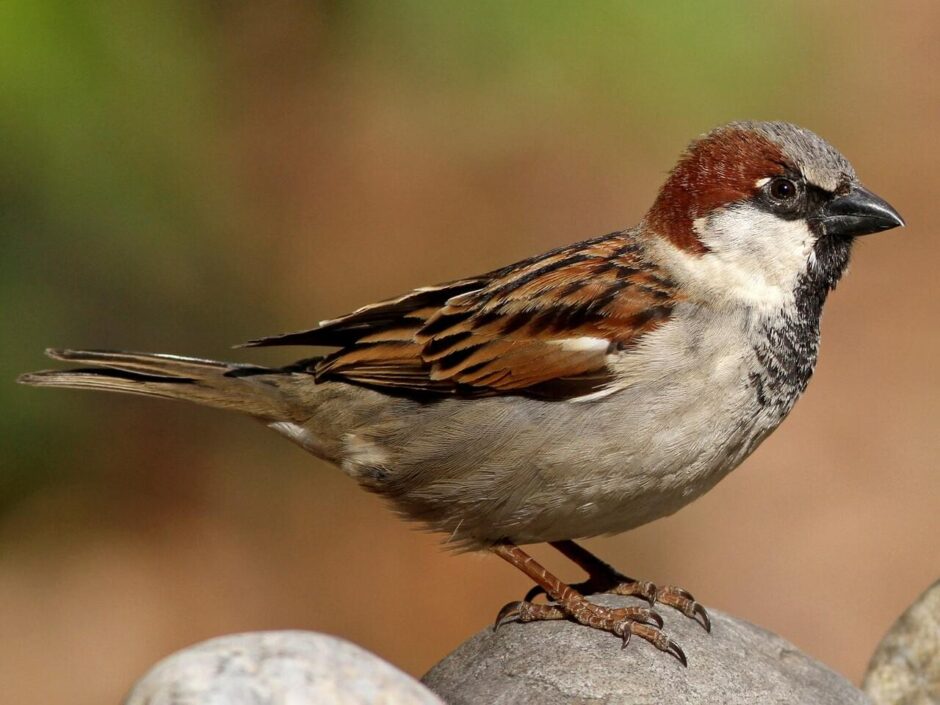
The house sparrow is an invasive exotic species, however I personally don’t agree with the laws and distinctions surrounding animals in the same way that we talk about plants. These birds have been here for many years and they can’t help where they were born. I will pull invasive plants from my property, but I find it cruel to hear talk of killing these birds.
The one good thing is that they cannot get into smaller holes. They can get into holes down to about 1 1/4″, so if you have a chickadee house with a 1 1/8″ opening, they should be safe. However, for my bluebirds with a 1 1/2″ opening, they are not safe.
House Sparrow Deterrent
If you have a problem with house sparrows, you can add a “sparrow spooker” to the top of the nest box to scare them away.
Birdhouse Camera
If you want to see what’s happening with your birds, you can install a small camera to the roof of the house. I have a whole post all about how to do this.
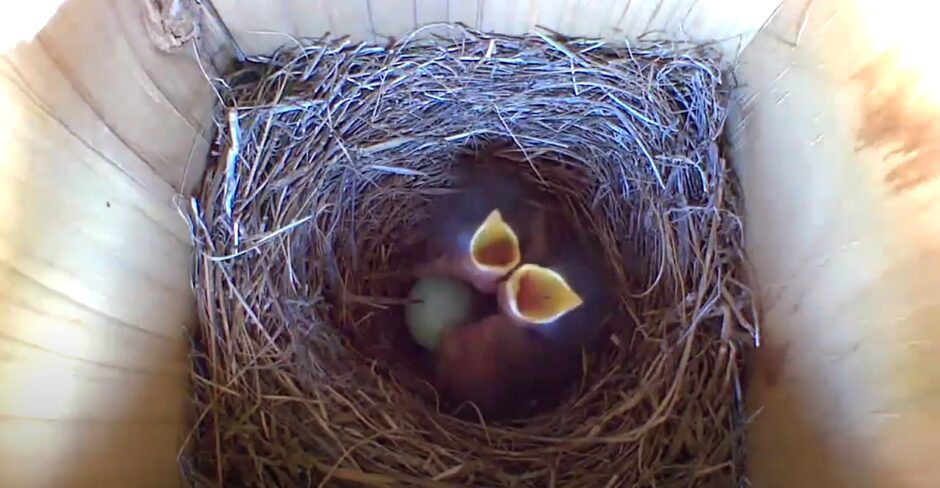
Birdhouse Checklist
If you made it this far, let’s recap. Here’s your to-do list:
- Which kind of bird are you trying to attract? ______________________
- Determine the following by using this guide:
- What size house do they like? ____________
- What size should the hole be? _______”
- How high should the house be mounted? _______ feet of the ground
- What’s the ideal location to place the house on a pole? ______________
- Find a location on your property that meets the above + is 10′ away from anything else ___________________
- Buy the appropriate house for that bird
- Buy or make a baffle
- Buy a birdhouse pole
- Be prepared to add a wren guard or sparrow spooker
Congrats! Now you are ready to host birds! It’s not a whim of an undertaking.
Birdhouse Supplies





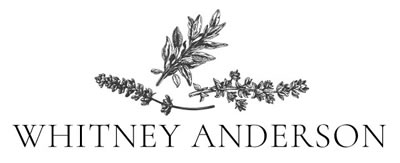
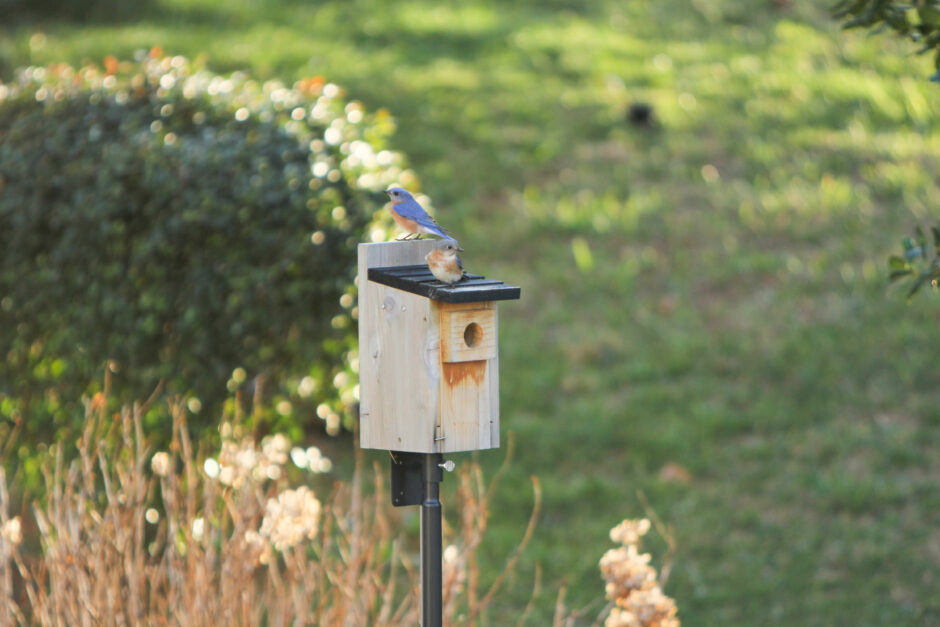

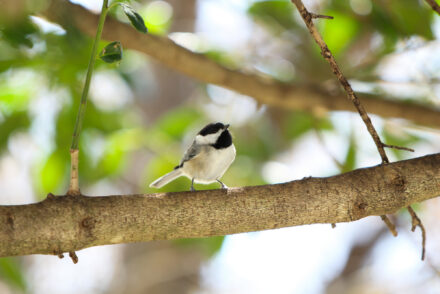
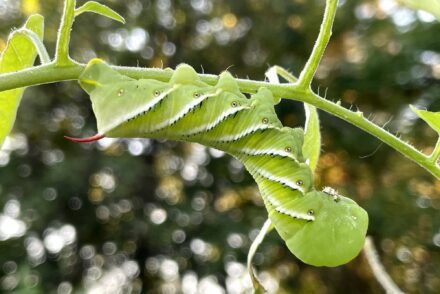
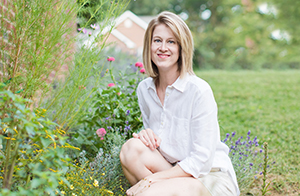
No Comments